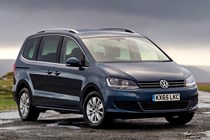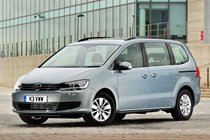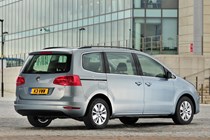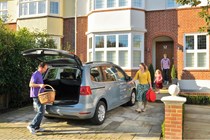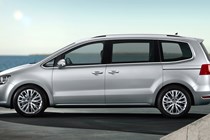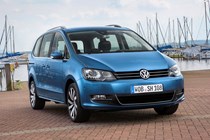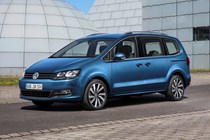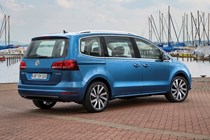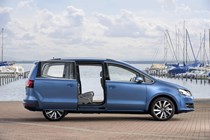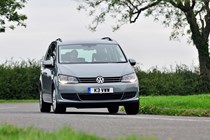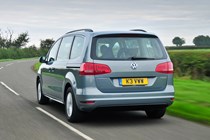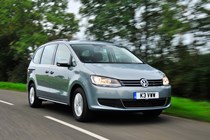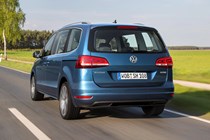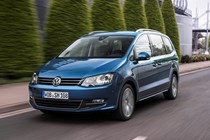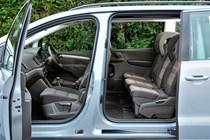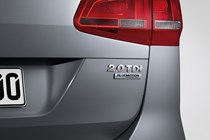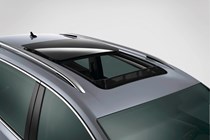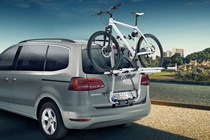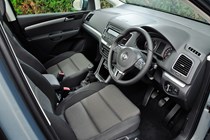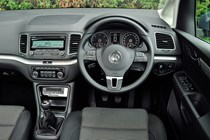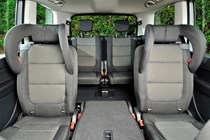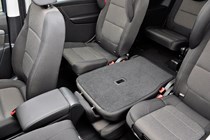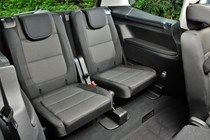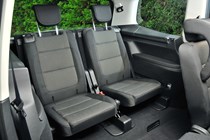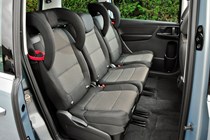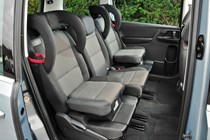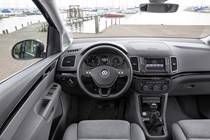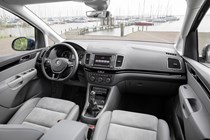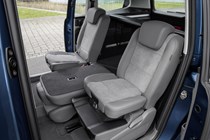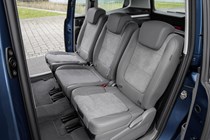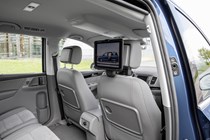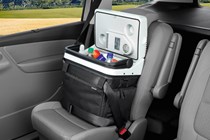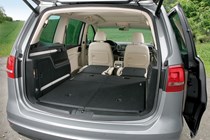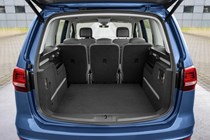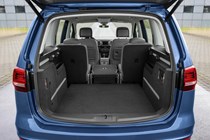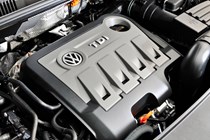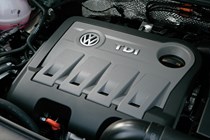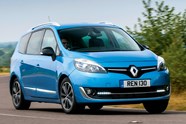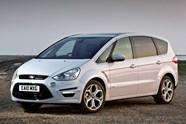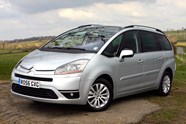
Volkswagen Sharan Estate (2010-2021) review

At a glance
| Price new | £26,670 - £40,860 |
|---|---|
| Used prices | £2,772 - £24,489 |
| Road tax cost | £160 - £600 |
| Insurance group | 15 - 25 |
Get an insurance quote with

|
|
| Fuel economy | 31.4 - 44.8 mpg |
| Range | 508 - 862 miles |
| Miles per pound | 4.6 - 5.7 |
| View full specs for a specific version | |
Available fuel types
Petrol
Diesel
Pros & cons
Better looking than predecessor, frugal and eco-friendly engines, seven seats as standard
Servicing costs higher than rivals
Volkswagen Sharan (10-21) rivals
Overview
Launched in 2010, the second generation Volkswagen Sharan replaced the successful original which debuted 15 years earlier, its longevity aided by a significant makeover in 2000.
Spacious, seven-seater people carrier
Rivalling the likes of the Ford Galaxy as well as slightly smaller competitors such as the Citroen Grand C4 Picasso and Vauxhall Zafira Tourer, the latest version was an all-new model. In fact, the only parts carried over from the original Sharan were the door blinds.
As before, there’s a virtually identical SEAT Alhambra sister car, but unlike the original versions, the Ford Galaxy is no longer related.
On average Volkswagen had shaved 30kg of weight from the Sharan which, combined with a 12mm lower stance, improved ride and handling characteristics, making it feel more like a conventional car to drive.
Not that it could be mistaken for anything other than a large MPV, with seven generously-sized seats – most adults should manage to get comfortable in the rearmost row and back sliding doors to aid entry and exit. Depending on the trim, these are operated electrically.
There’s also a wealth of storage solutions and practical touches to make life easier with the Volkswagen Sharan, such as a hanging boot net, roof-mounted pockets and features to improve the driving dynamics such as optional adaptive suspension dampers.
Turbocharged petrol and diesel engines
From launch the Volkswagen Sharan was available with an updated 138bhp edition of the familiar 2-litre TDI diesel and as an alternative a 1.4-litre TSI petrol motor, producing 148bhp. Both engines could be paired with a six-speed manual gearbox or a DSG automatic, also with six gears.
Expanding the range the following year were 113bhp and 168bhp editions of the TDI, the former only available with manual transmission, as well as a potent 197bhp 2-litre TSI petrol.


